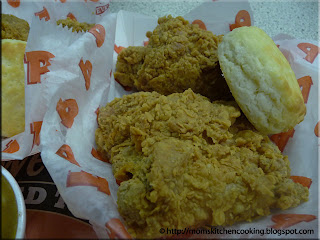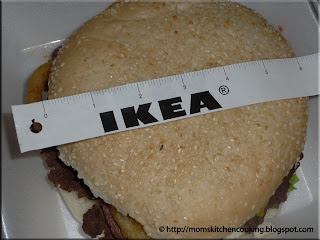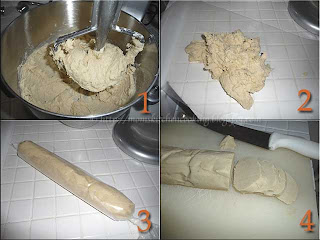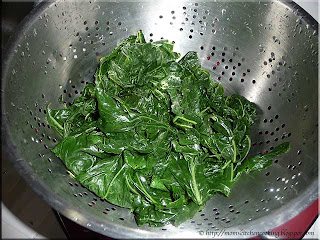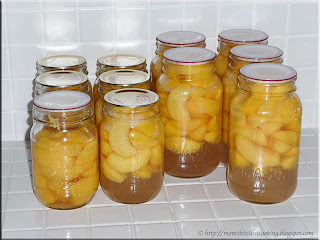My husband brought home the fourth hamper of tomatoes last Thursday evening. I set about canning them. This canning session spanned over 2 and a half days because this year I started the heaviest of the canning season tired to begin with. Rather than ruin a batch of food being put up I've been going at a bit of a slower pace. There was a bit more prep work in peeling the tomatoes and chopping all the great vegetables that go into my signature salsa for this session as well. Clicking any of the links will get you to the recipe for the product mentioned. While I don't give out my recipe for my signature salsa I have included an approved salsa recipe for canning that I have also tried.
Starting at the right there is 1 - 500 ml jar of
pizza sauce. There were 2 but my husband declared it a good batch so made quick pizzas for a snack. The next three rows (17 - 250 ml jars) are also pizza sauce. Following that is 14 - 250 ml and 1 - 125 ml jars of
seafood cocktail sauce. This is one of the nicest tasting seafood cocktail sauces, so much nicer than store bought and considerably less expensive. My signature salsa is in the 11 - 500 ml jars just to the left of the centre of the picture. Three of the salsa jars have
Tattler reusable lids on them. The next 4 - 500 ml jars are
tomato stock, one of my favourite new products from last year's canning. To the far right is 8 L of raw packed whole tomatoes. This is the second year I've raw packed whole tomatoes and I'm still not impressed with the aesthetics of the jars! The whole tomatoes have a deep tomato flavour and good texture but the jars lose a lot of liquid so they just don't look nice. The next batch of whole tomatoes will be hot packed in water and will still be pressure canned.
The following recipe is one that has been tested and is approved for home canning. Do not change the amounts of the hot peppers in this recipe as it is important to keep the low acid to high acid vegetable ratio the same. You can tweak the heat by using a hotter pepper, adding the hot pepper sauce or adding 1 tsp of hot pepper flakes. You can also substitute white vinegar for the cider vinegar but be sure whatever vinegar you are using is 5% acetic acid. Be sure to wear surgical or rubber gloves when preparing the hot peppers to prevent your hands from being burned.
Zesty Salsa
source: Ball Blue Book, 2001. Pp. 81
10 c prepared tomatoes
5 c prepared green peppers
5 c onions, chopped
2½ c prepared hot peppers
1¼ c apple cider vinegar
3 cloves garlic, minced
2 tbsp cilantro, minced
3 tsp salt
1 tsp hot pepper sauce (optional)
Wash, peel, seed and core tomatoes. Chop and seed all of the peppers measuring out the amount needed. Prepare onions, garlic and cilantro. Combine the ingredients in large sauce pot. Add hot pepper sauce if desired. Bring the mixture to a low boil then simmer for 10 minutes. Ladle the sauce into hot jars leaving ¼- inch headspace. Wipe the rim and adjust two piece metal lids (or us Tattler lids). Process 15 minutes in boiling water bath canner (BWB). At altitudes over 1,000 feet above sea level refer to altitude adustment chart on
canning information page. Remove from canner and allow to cool in a draft free location. Remove the rings and test for seal. Wash jars and rings. Dried rings can be loos













